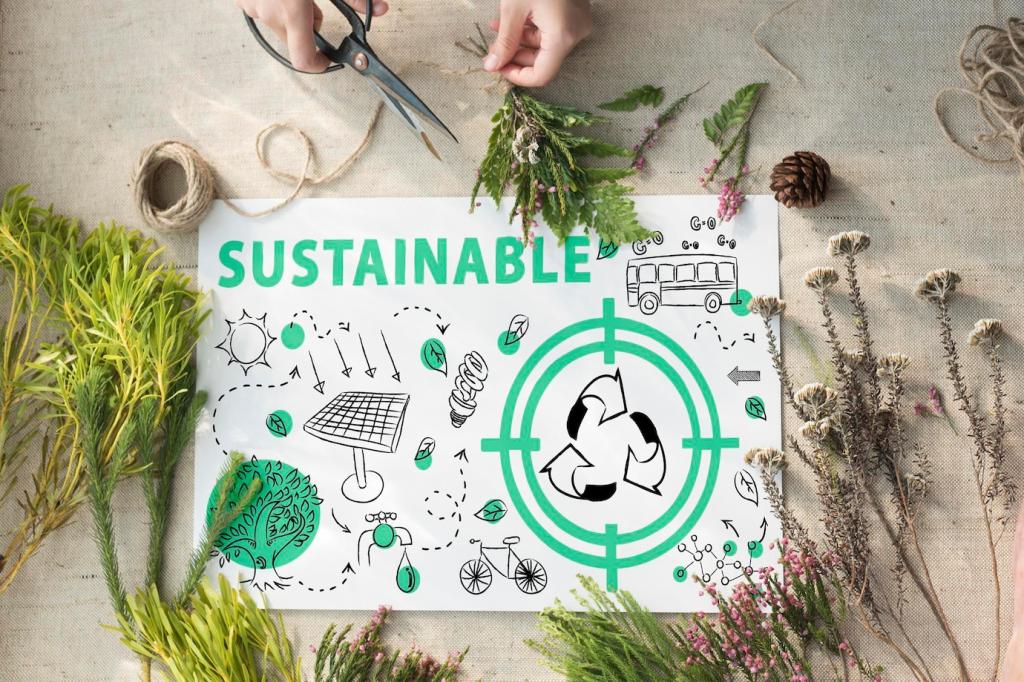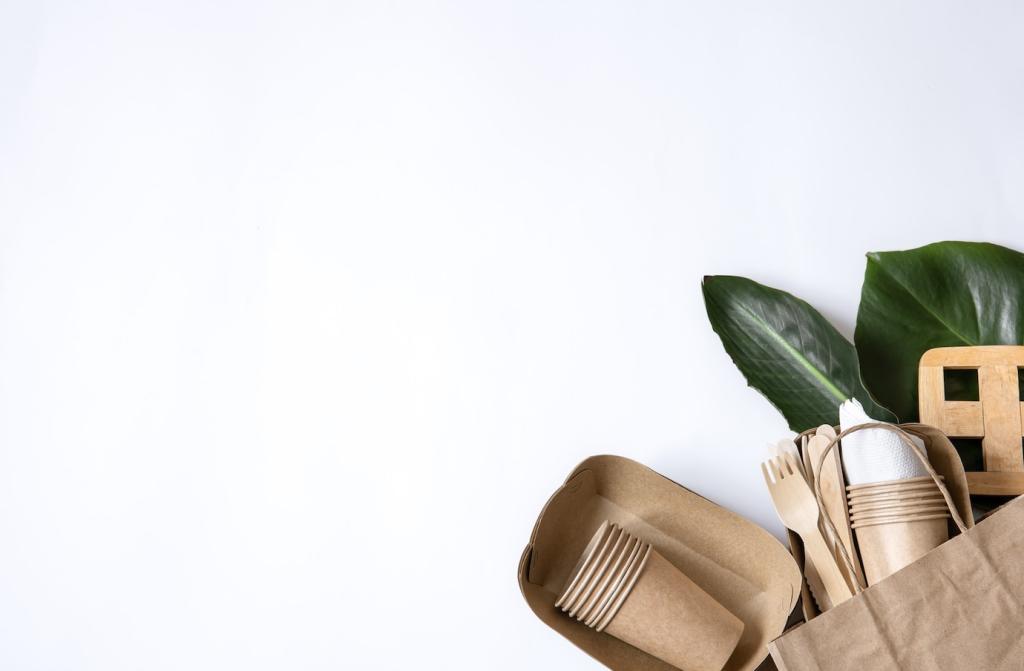Cleaner Manufacturing: Precision, Energy, and Waste Reduction
Waterborne varnishes dramatically cut VOCs while delivering clarity and protection. Powder-coated frames cure efficiently and last longer outdoors, reducing repaint cycles. Together, these finishes protect indoor air and worker health. Have you noticed differences in smell or comfort with low-VOC furniture? Share your experiences to help others choose wisely.
Cleaner Manufacturing: Precision, Energy, and Waste Reduction
Solar arrays, biomass boilers using certified scraps, and heat recovery from compressors power presses and curing ovens. Smart meters identify inefficiencies, reducing energy per chair produced. Manufacturers publish transparent energy data to build trust. Would you pay more for furniture made with renewables? Vote with your comment and subscription.





